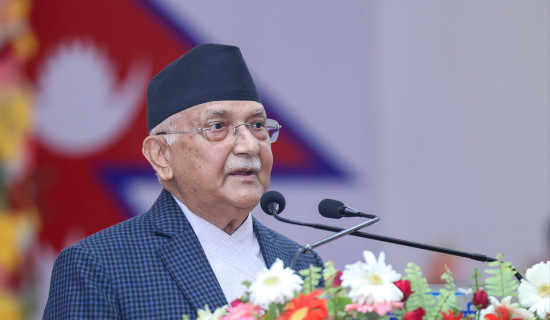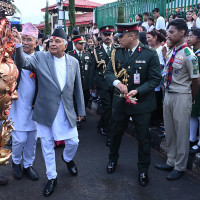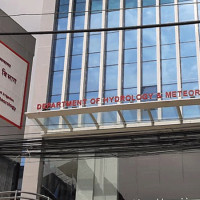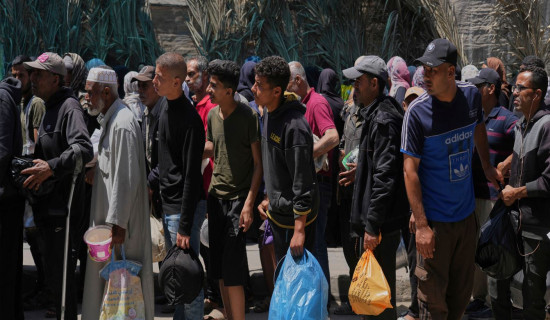- Sunday, 1 June 2025
Stone-roofed houses disappearing from Barpak
By Guna Bahadur Roka,Sulikot, Apr. 27: In the decade following the devastating Gorkha earthquake of April 25, 2015, Barpak, an iconic and historic settlement in Nepal’s Gorkha district, has witnessed the gradual vanishing of its once-uniform, stone-roofed traditional houses.
The earthquake forced locals to abandon their ancestral homes, which once stood as symbols of cultural heritage and community identity.
According to Dhan Bahadur Ghale, Ward Chairperson of Barpak Sulikot Rural Municipality–1, the village's traditional charm has been fading over the past 10 years. “The essence of Barpak, including its language and customs, is changing,” he said.
Home to nearly 1,700 households and around 10,000 residents, Barpak was once a tightly-knit community where social closeness thrived. However, the construction of modern physical infrastructures has altered the village landscape and, in turn, widened the social divide.
Local youth Karna Gurung said that new housing developments have deepened the gap between the wealthy and the underprivileged.
"Before the quake, the likeness in house structures meant that disparity in wealth was barely visible. But now, affluent families are building four- to five-story concrete houses, while the less fortunate are forced to reside in makeshift shelters with corrugated zinc sheets. This growing inequality is reshaping the face of Barpak," added Chairperson Ghale.
Expressing sorrow over the inability to reconstruct the village’s traditional architectural style, Rural Municipality Chairperson Bishnu Bhatta said that while it may not be feasible to fully replicate the old homes, efforts are underway to at least preserve a sense of uniformity by cladding house exteriors in stone.
Bhatta emphasised that despite infrastructure changes, Barpak's cultural soul remains intact. The village still takes pride in its traditional gatherings (Rodhi), and the local production of maize, millet, wheat and indigenous cuisine, all of which form the backbone of Barpak’s identity.
He also highlighted key developments in the post-earthquake years, such as a drinking water project worth Rs. 100 million and significant progress in road construction that has enhanced connectivity and spurred economic growth in the region.
The 2015 earthquake claimed 72 lives in Barpak alone and rendered approximately 1,400 homes uninhabitable. Today, Barpak has become a popular destination for both domestic and international tourists, with local hotels and homestays frequently bustling with visitors seeking to experience its unique blend of history, culture and scenic beauty.

.jpg)














